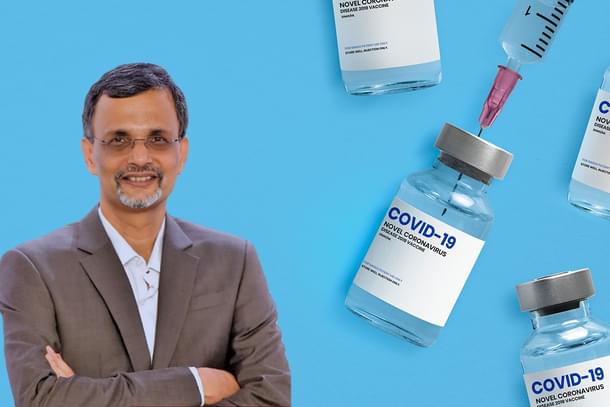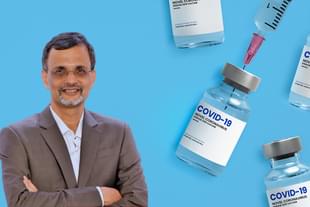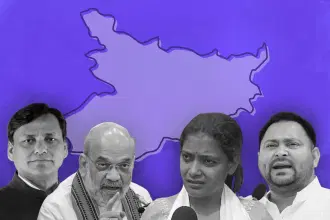News Brief
Economic Survey 2023: India's Healthcare Sector Records Milestones With Low Out-of-Pocket Expenses, Improved MMR, IMR, Menstrual Hygiene And All-Round Health Coverage
Swarajya Staff
Jan 31, 2023, 04:21 PM | Updated 05:00 PM IST
Save & read from anywhere!
Bookmark stories for easy access on any device or the Swarajya app.


The economic survey of 2022-23 highlights the government's efforts in improving the health sector and the positive results achieved so far.
Following are some of the improvements in the health-related indicators:
The percentage of households with any member covered under a health insurance or financing scheme has increased from 28.7 per cent in 2015-16 to 41 per cent in 2019-21.
The percentage of institutional births increase to 88.6 per cent in 2019-21 from 78.9 per cent in 2015-16.
The infant mortality rate (per 1000 live births) and under-five mortality rate (per 1000 live births) reduced from 40.7 and 49.7 (2015-16) to 35.2 and 41.9 (2019-21) respectively.
Stunting and wasting in children under 5 years have also seen a significant drop. The percentage of children under 5 years who are stunted has reduced from 38.4 per cent in 2015-16 to 35.5 per cent in 2021-22. The percentage of children under 5 years who are wasted has reduced from 21 per cent in 2015-16 to 19.3 per cent in 2021-22.
The percentage of women age 15-24 years ensuring hygienic practices during menstrual period has seen a jump from 57.6 per cent in 2015-16 to 77.3 per cent in 2029-21.
The SRS data shows that the MMR has decreased from 130 to 97 per lakh live births from 2014-16 to 2018-20, with eight states already meeting the SDG target of less than 70 per lakh live births by 2030. hese include Kerala (19), Maharashtra (33), Telangana (43) Andhra Pradesh (45), Tamil Nadu (54), Jharkhand (56), Gujarat (57), and Karnataka (69).
The IMR has also seen a continuous decrease, with the rate falling from 34 per 1000 live births in 2014-16 to 28 in 2018-20.
Due to the efforts to improve healthcare accessibility, the Out of Pocket Expenditure (OOPE) as a percentage of Total Health Expendinture (THE) has decreased from 64.2 per cent in 2013-14 to 48.2 per cent in 2018-19.
Even as the OOPE drops, the Governement Health Expenditure (GHE), as a percentage of THE is on an upward trend, rising from 28.6 per cent in 2013-14 to 40.6 per cent in 2018-19.

The survey also points to the social security spending on health, including social health insurance programs, government-funded health insurance plans, and medical reimbursement for government employees, has risen from 6% in 2013-14 to 9.6% in 2018-19.





